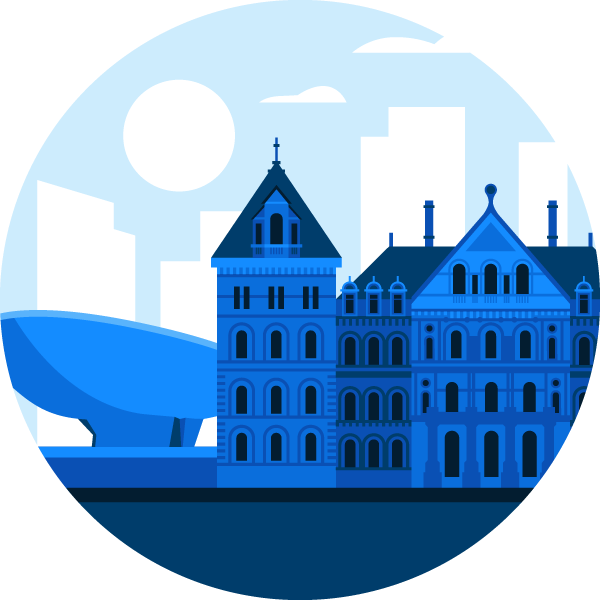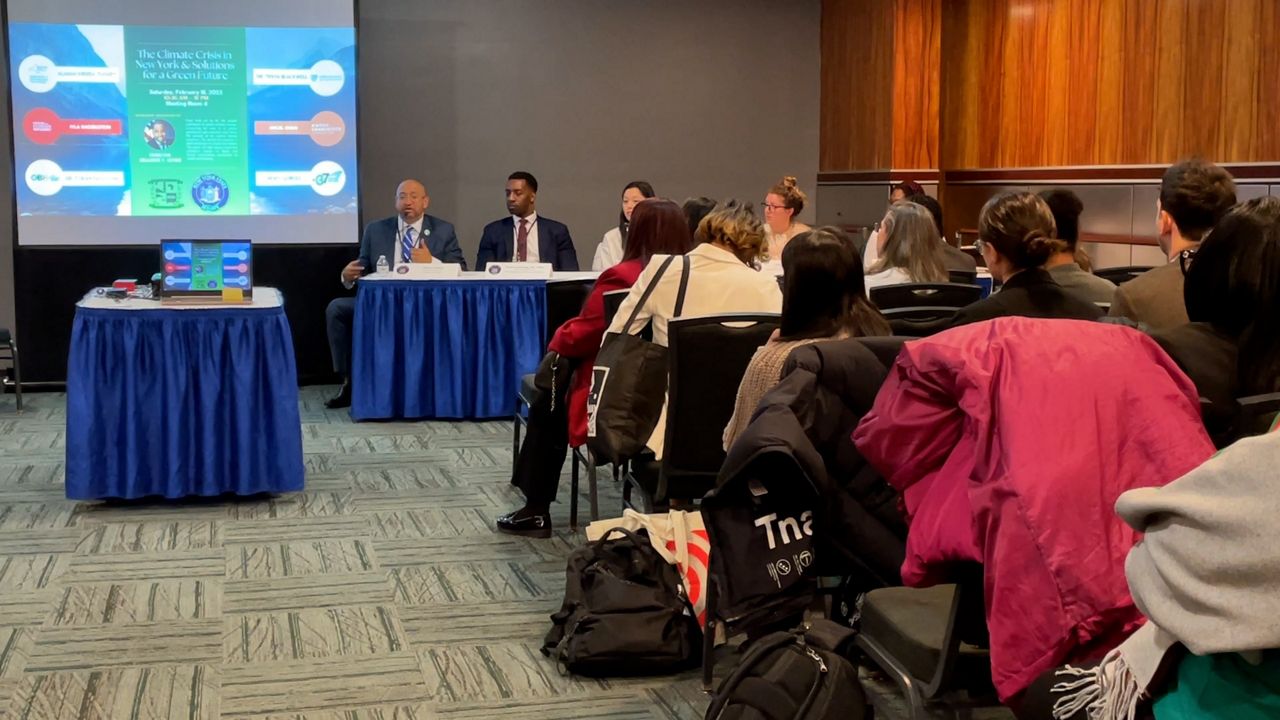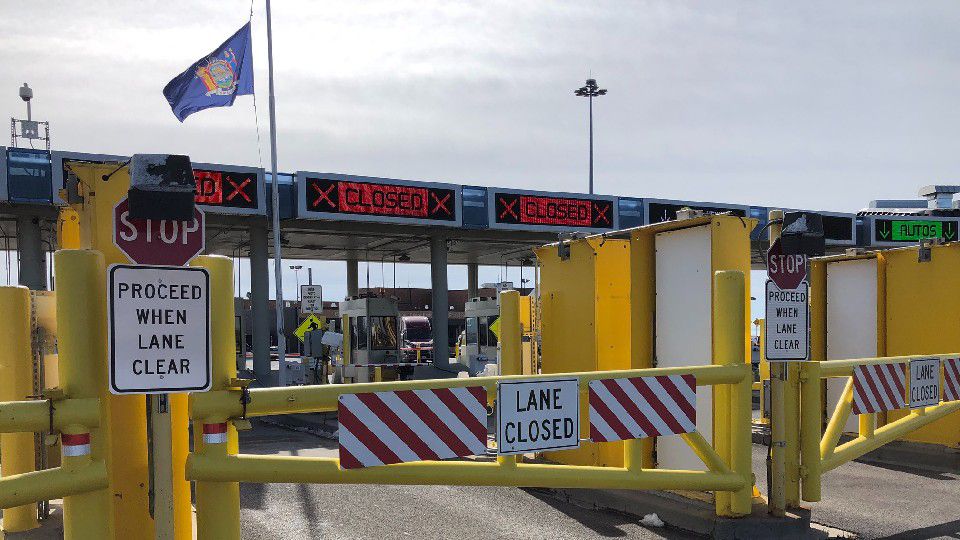Nearly 3 million New Yorkers will soon face a setback in the Supplemental Nutrition Assistance Program, or SNAP. This is affecting many communities across New York state and forcing them to rely on alternative resources.
“We know specifically that rural communities are going to be very hard hit,” said Julia McCarthy, a senior program officer at the New York Health Foundation. “We know that elderly adults will be hard hit. We know that families with children will be very hard hit.” You know, these are the three populations that most often use SNAPs."
SNAP benefits, formerly known as food stamps, provide a monthly benefit to help low-income individuals and families buy food. The emergency allotments started during the pandemic when Congress passed the Families First Coronavirus Response Act to temporarily boost SNAP benefits to help low-income families. People with benefits are encouraged to go to their local pantries by organizations that assist them
"It's not much, but it's enough," said Claudette Senior, director of community resources at Unity House. Your food pantry already does a lot of work, and you can get some of those basic food items, and you can use your SNAP benefits for other things not available at the food pantry."
President Joe Biden announced in January that COVID-19 emergency declarations would end on May 11, and as a result, would end the additional benefits associated with COVID-19.
The extra SNAP benefits were determined and distributed based on household size. They ended in 18 states in January and February. In March, they will end in the remaining 32 states, including New York and U.S. territories.








